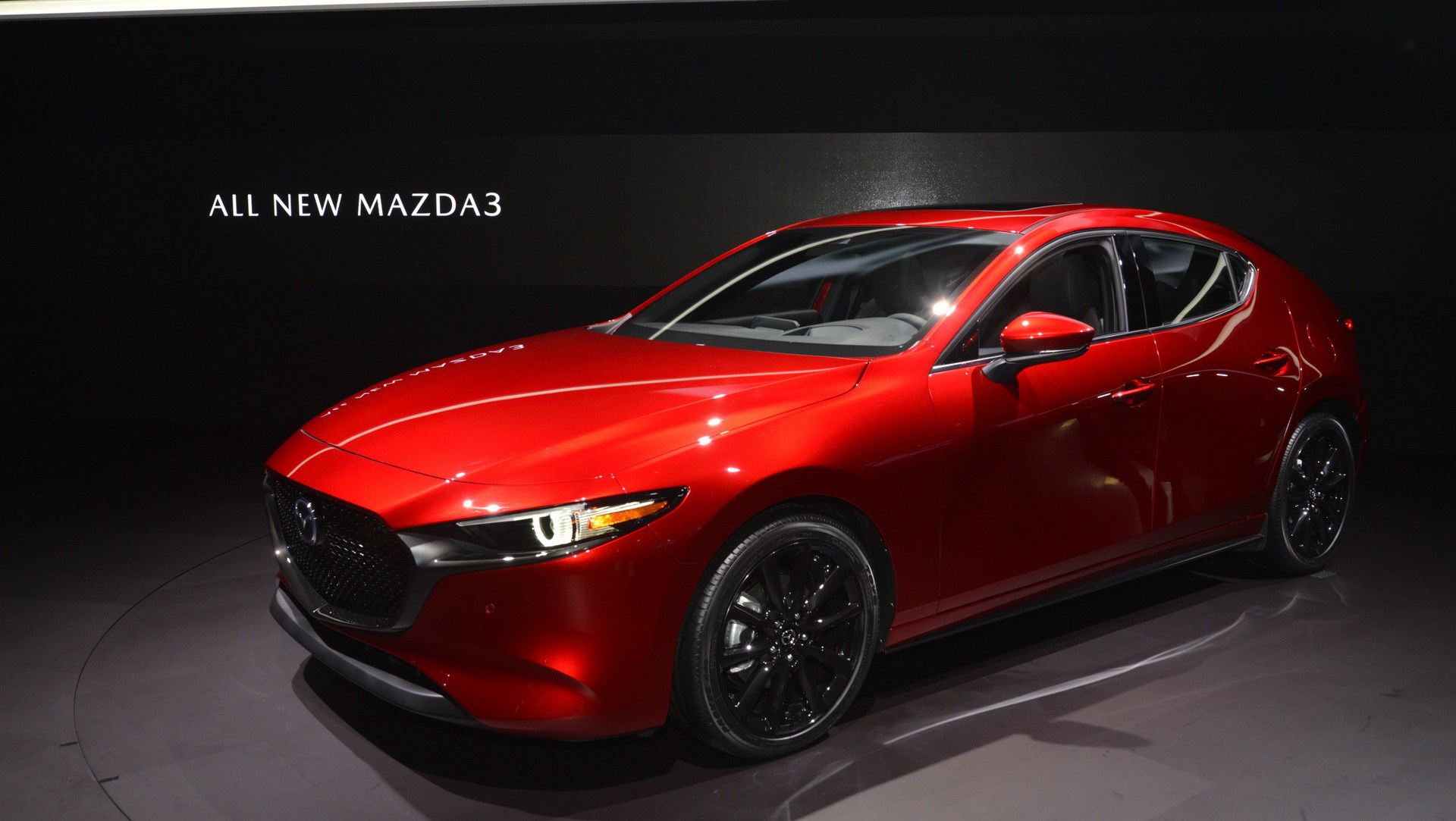
Mazda's first serial electric cars won't look like a refrigerator
Mazda's first serial electric cars won't look like a refrigerator
 The photo is taken from the site: https://www.engadget.com
The photo is taken from the site: https://www.engadget.com
Mazda will present its first production electric car in 2020, and this will be its independent development, and not the result of cooperation with Toyota. A stunning design is promised.
In 2017 Mazda and Toyota announced the creation of a cross-share alliance, the goal of which was the joint development and production of electric vehicles and drones. The results of this collaboration we will not see soon. As it turned out on the sidelines of the Los Angeles auto show Mazda is developing independently its first serial electric car. Joe Stenuit, the new chief designer of the European branch of the Japanese company, who replaced Kevin Rice, who left Chery, said that the first Mazda electric car will be a very effective; it will be a 100 percent follower of Kodo design philosophy:
““We don’t want an EV to look like a fridge like some other car makers.”
What type of car it will be is a secret. Perhaps a coupe-like sedan awaits us in the spirit of last year's Mazda Vision Coupe concept - such a car could become a worthy competitor to the American Tesla Model S, but it would be more advisable, of course, to launch an electric crossover on the market first, since this type of car is in demand in all markets, and especially in American and Chinese, and these are the main consumers of the "greens" today.
Meanwhile, Mazda has been working closely on electric power plants for more than ten years: in 2012, a batch of one hundred Demio electric hatchbacks (this is the Mazda 2 for the Japanese market) was released, equipped with a 20 kWh battery and capable of driving 200 km on a single charge. Mazda producers leased the cars, received the desired feedback from customers, and then began to produce the hybrids: a Demio prototype was prepared with a 0.33-liter rotary piston engine on board, and it was strange that the competitors from Toyota saw great prospects in these RPE - in the future Mazda will produce units of this type for plug-in hybrids of both companies, the first of which will enter the world market approximately in 2021. Compact, quiet, smooth and quite economical RPE which does not have mechanical connection with the wheels and works as a generator in the steady state being is optimal in the function of the so-called power reserve extender.
It turns out that Mazda today is perhaps the most innovative developer in the field of ICE: the new Mazda 3, presented at the Los Angeles Auto Show, will be equipped with an ultra-economical and very high-torque Skyactiv-X gasoline engine, in which the ignition partially comes from compression, like diesel engine. The RPEs seem to have finally become a thing of the past with the RX-8 coupe in 2012, but Mazda was able to find new opportunities of its usage in the framework of a new, very tough environmental agenda: the company promises to reduce CO2 emissions of its cars by 50% by 2030 (compared with the level of 2010) and by 90% by the 2050th.
According to their approach, an accurate analysis of real carbon emissions requires taking into account the carbon footprint of the complete fuel production cycle of both electric cars and cars with an internal combustion engine:
- for electric vehicles, it’s carbon emitted from power plants,
- and for ICE, combustion products from the engine plus carbon emitted during the extraction, refining and transportation of liquid hydrocarbon fuels.
Mazda is the first automaker known to us who stated that not only fuel efficiency, but also carbon footprints of the full cycle of fuel production are the proper guidelines to consider when comparing electric cars with gasoline ones.
 The photo is taken from the site: https://www.japanbullet.com/auto-moto/mazdas-2020-electric-model-is-being-developed-in-house
The photo is taken from the site: https://www.japanbullet.com/auto-moto/mazdas-2020-electric-model-is-being-developed-in-house
disscuss